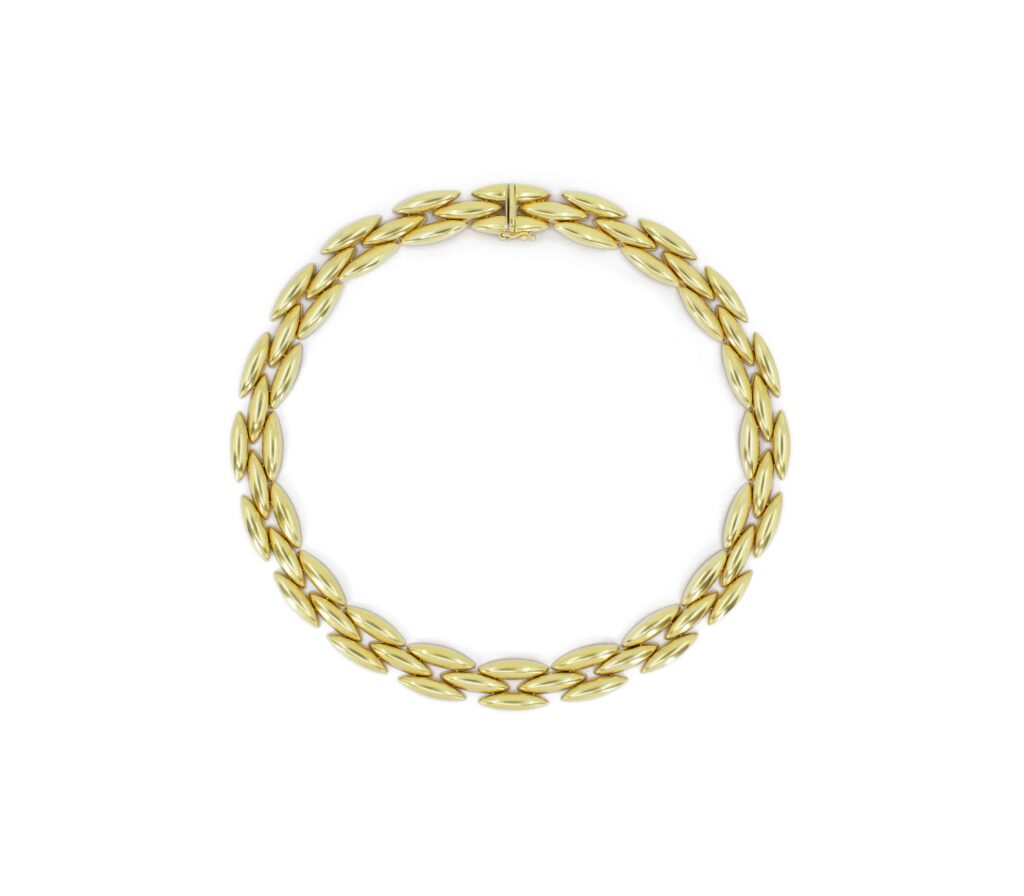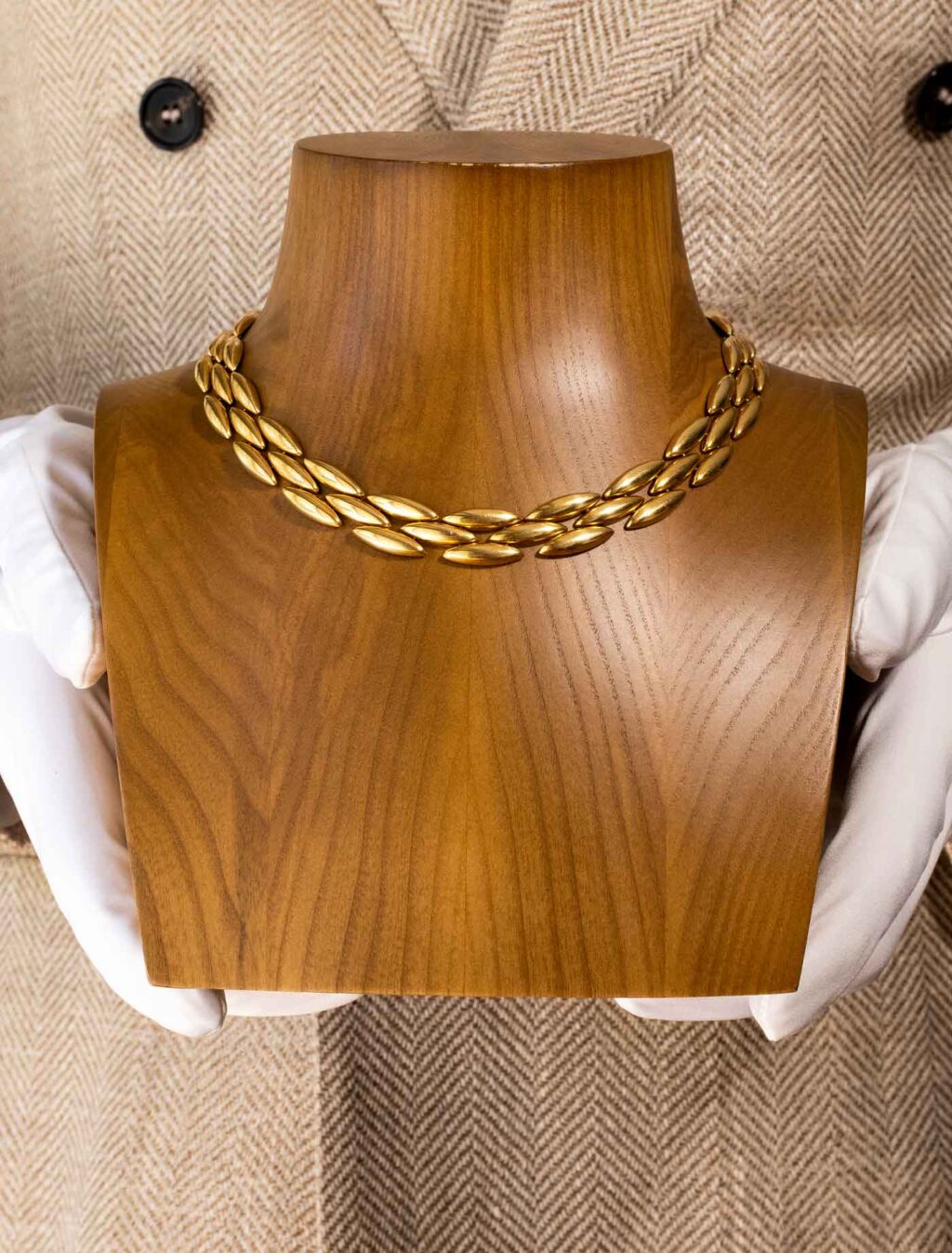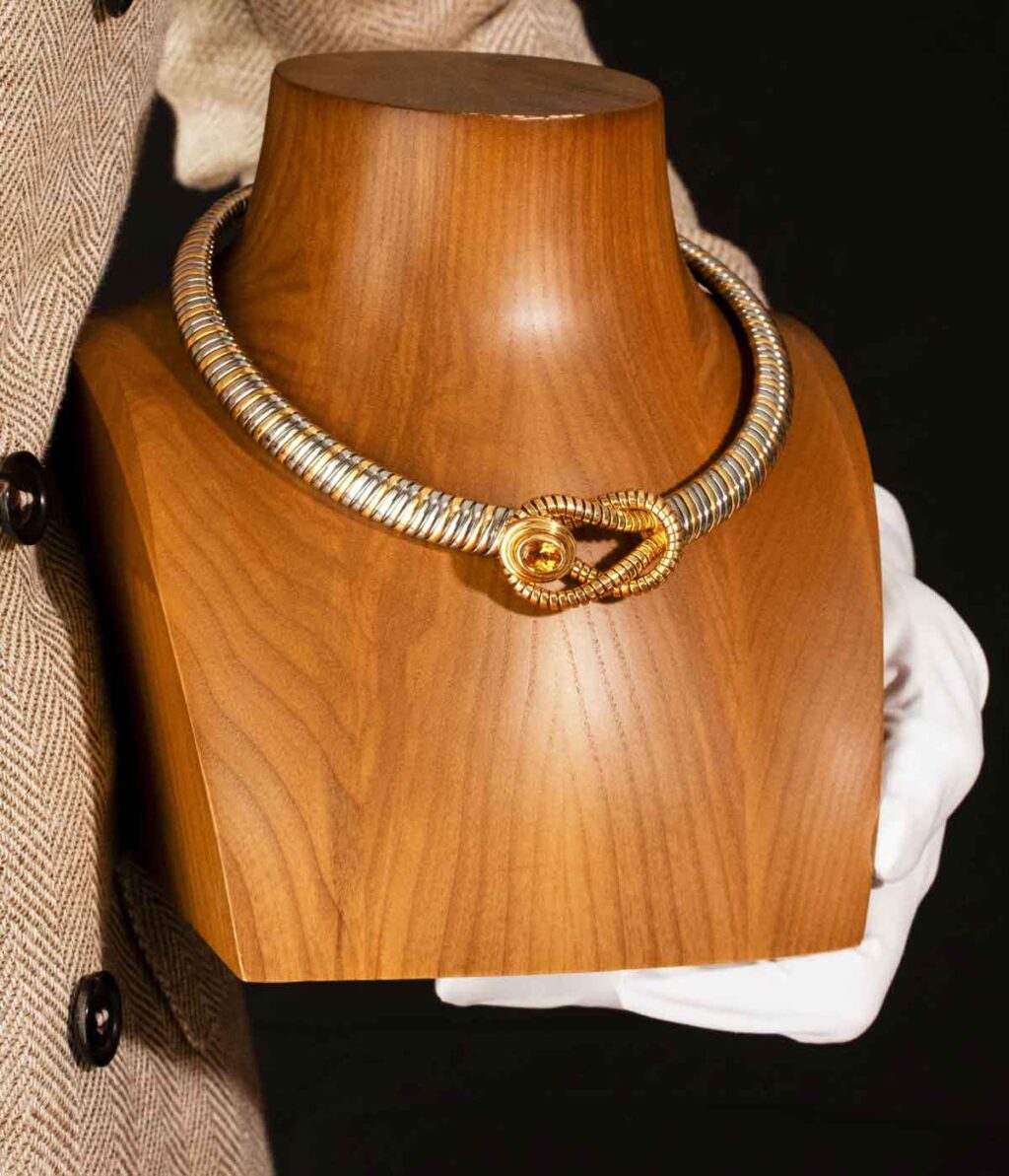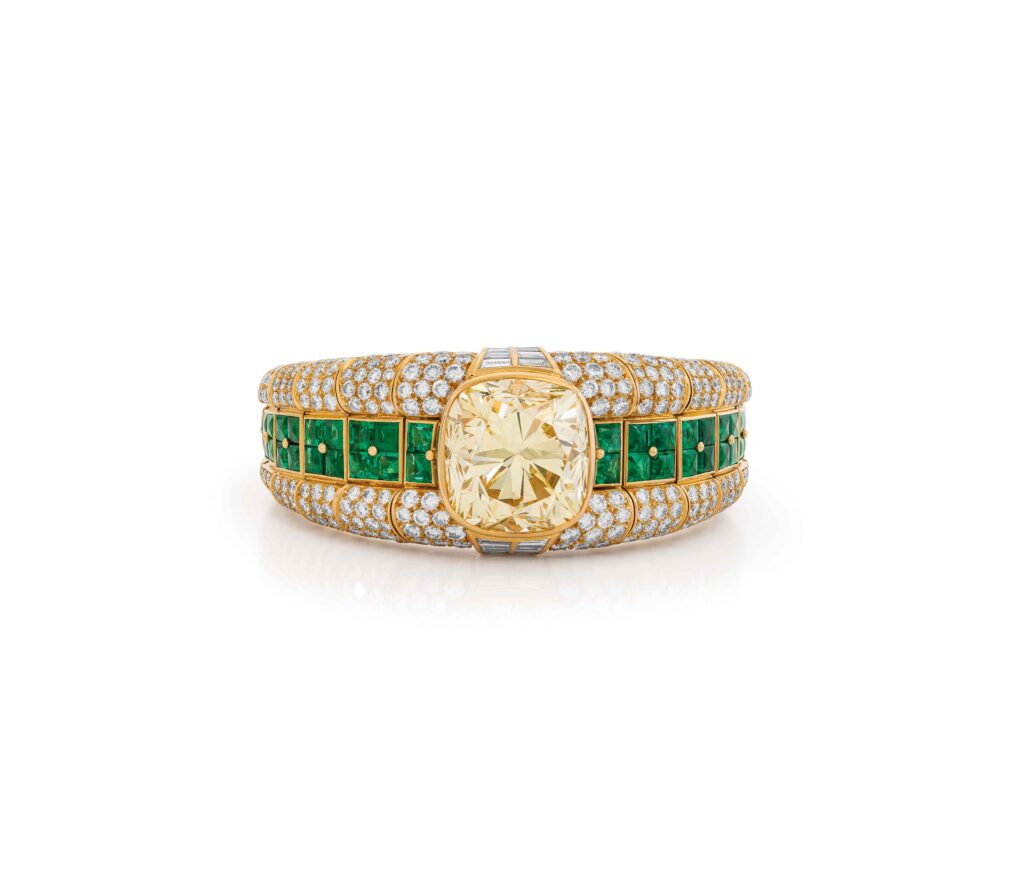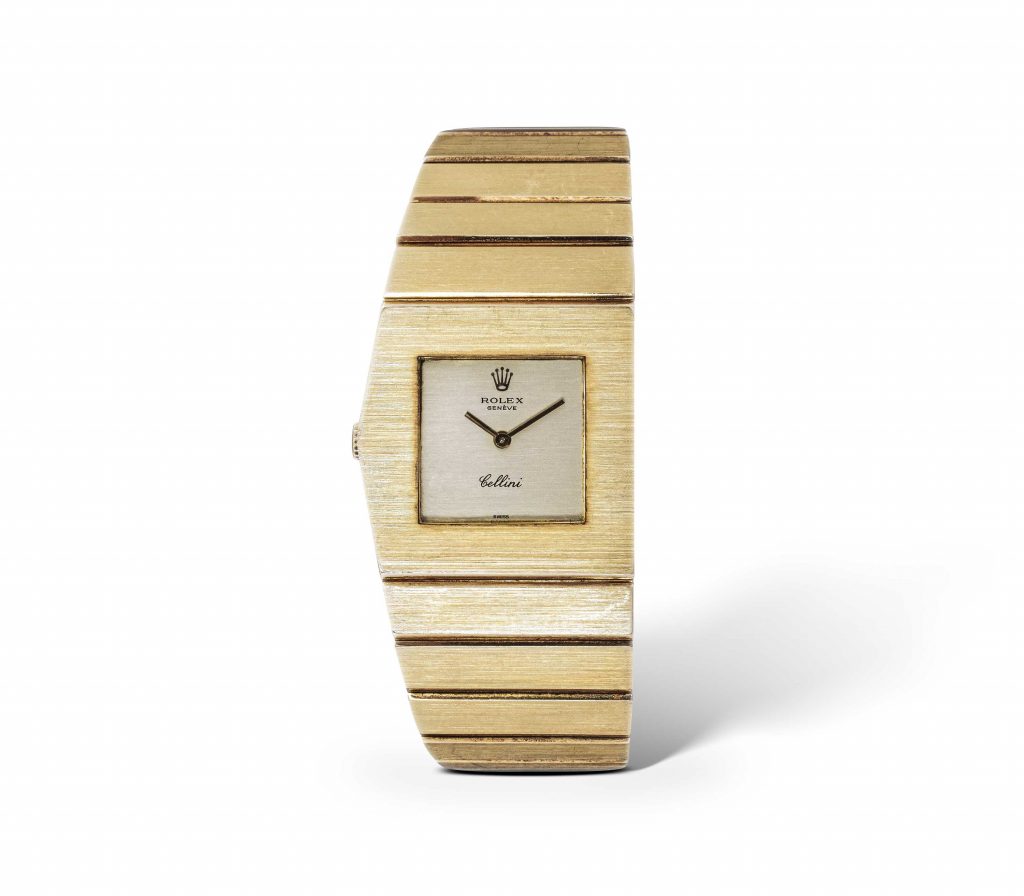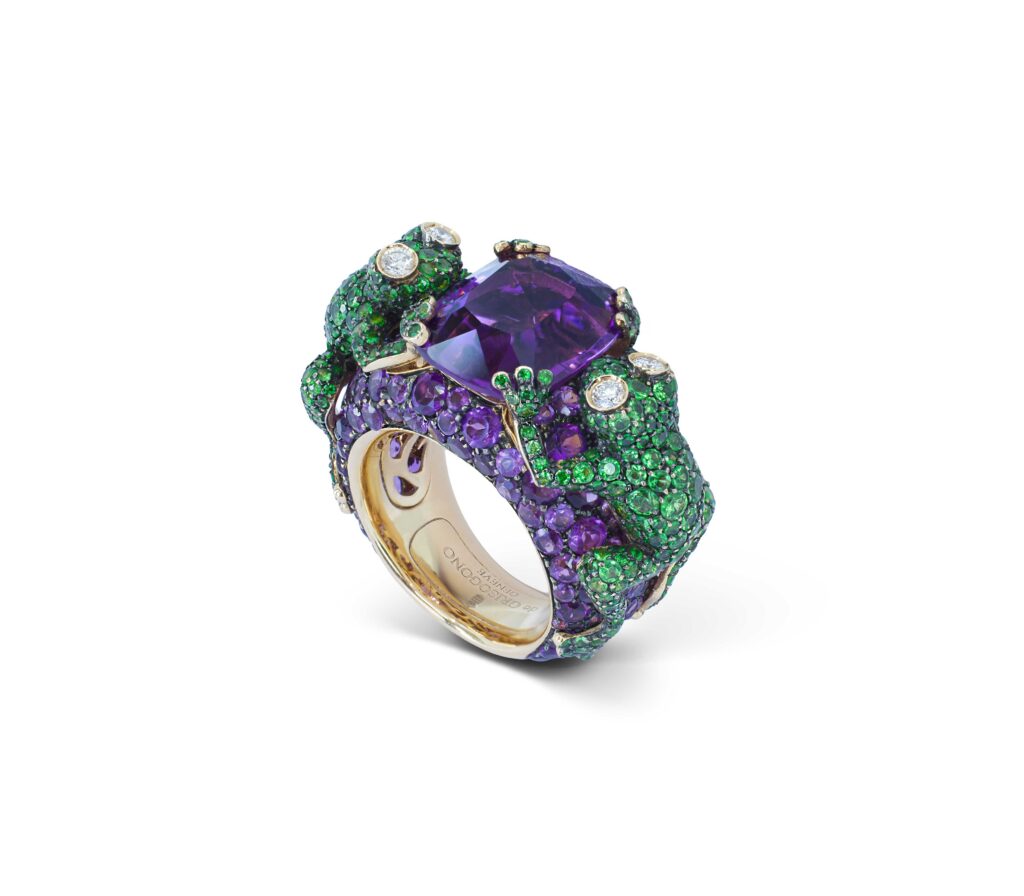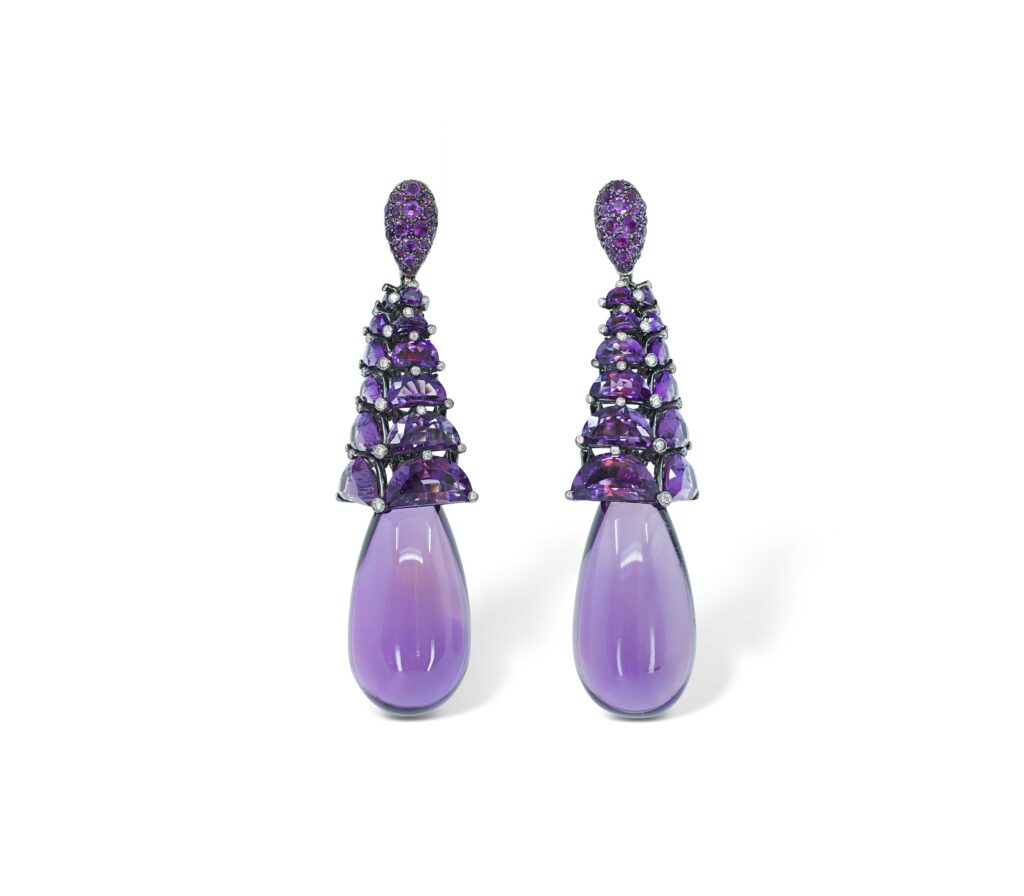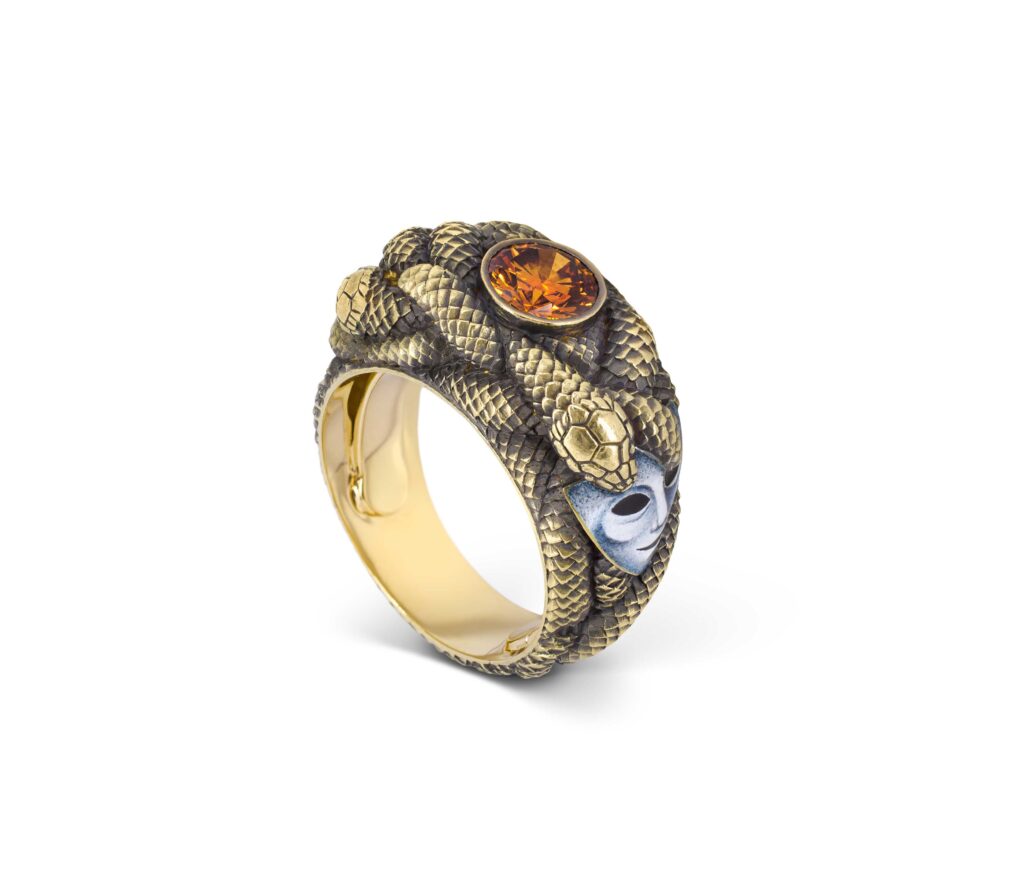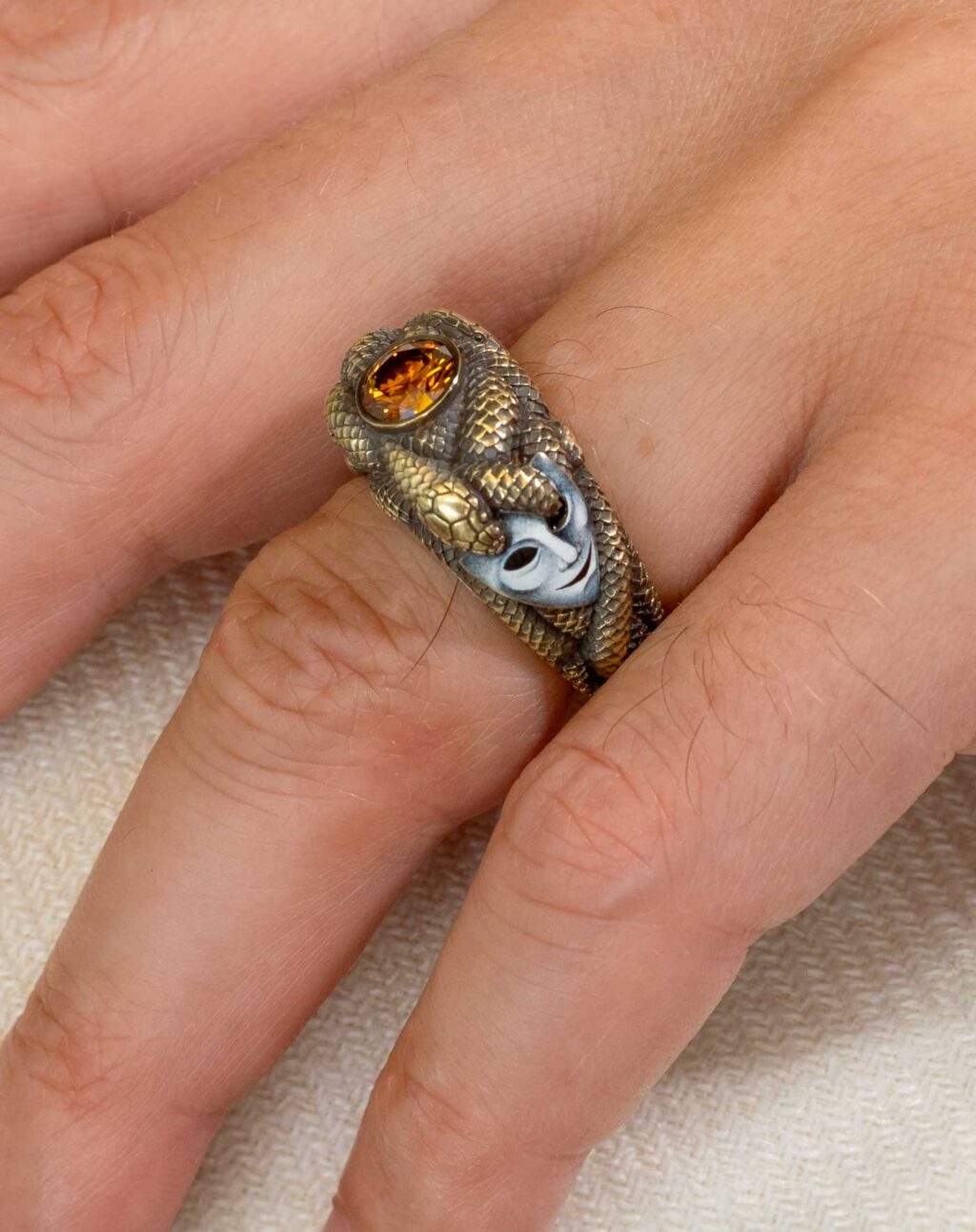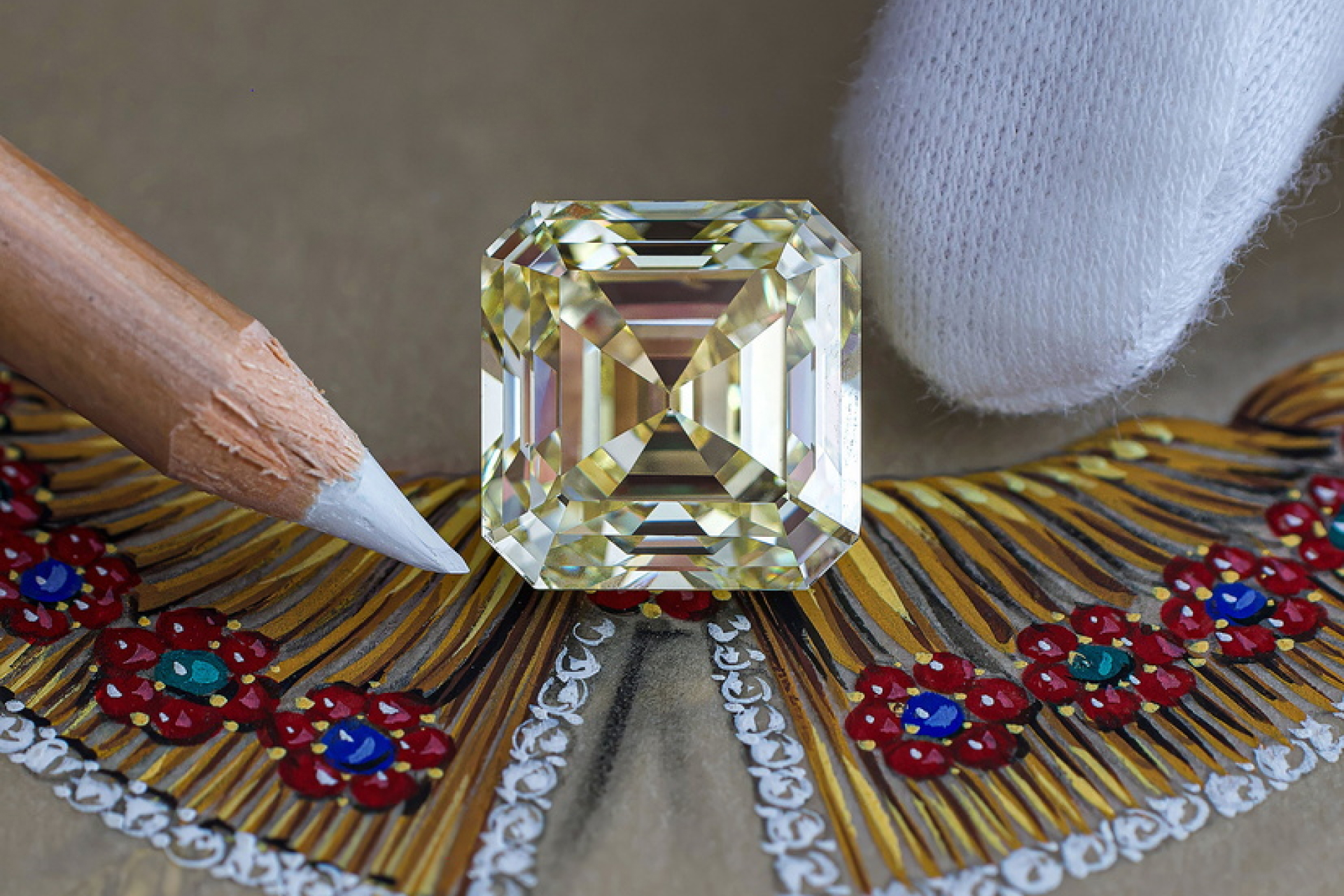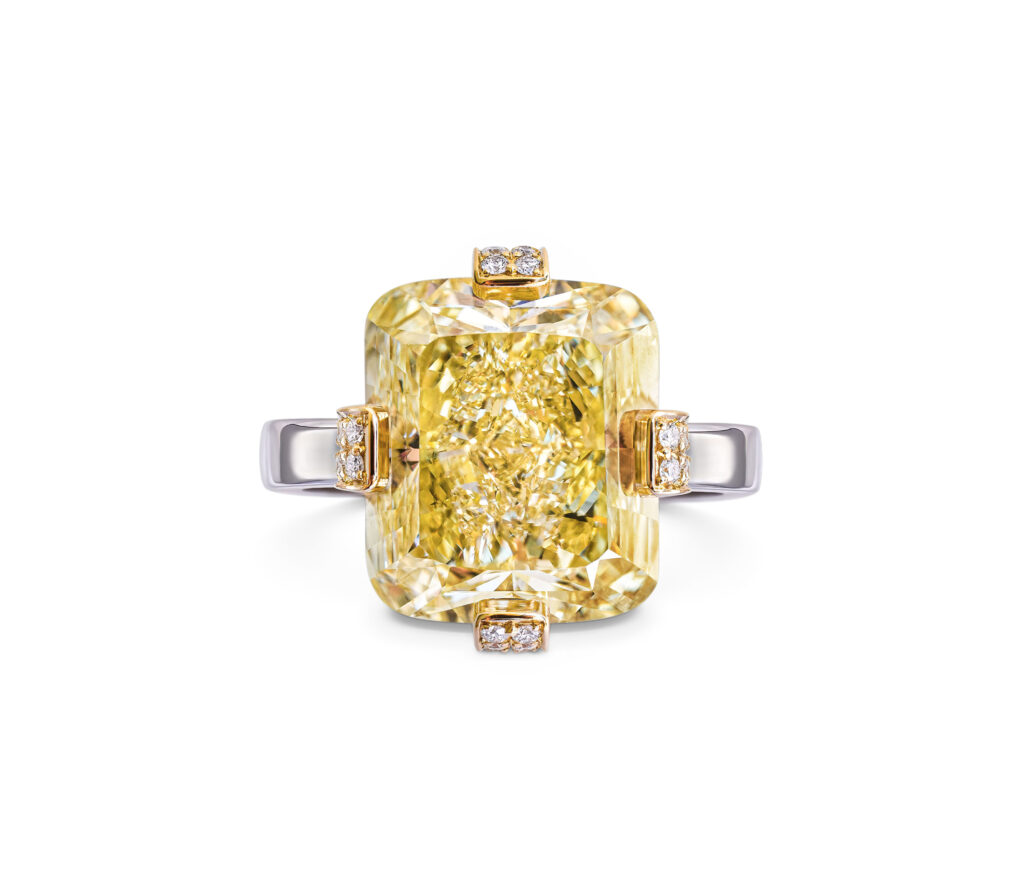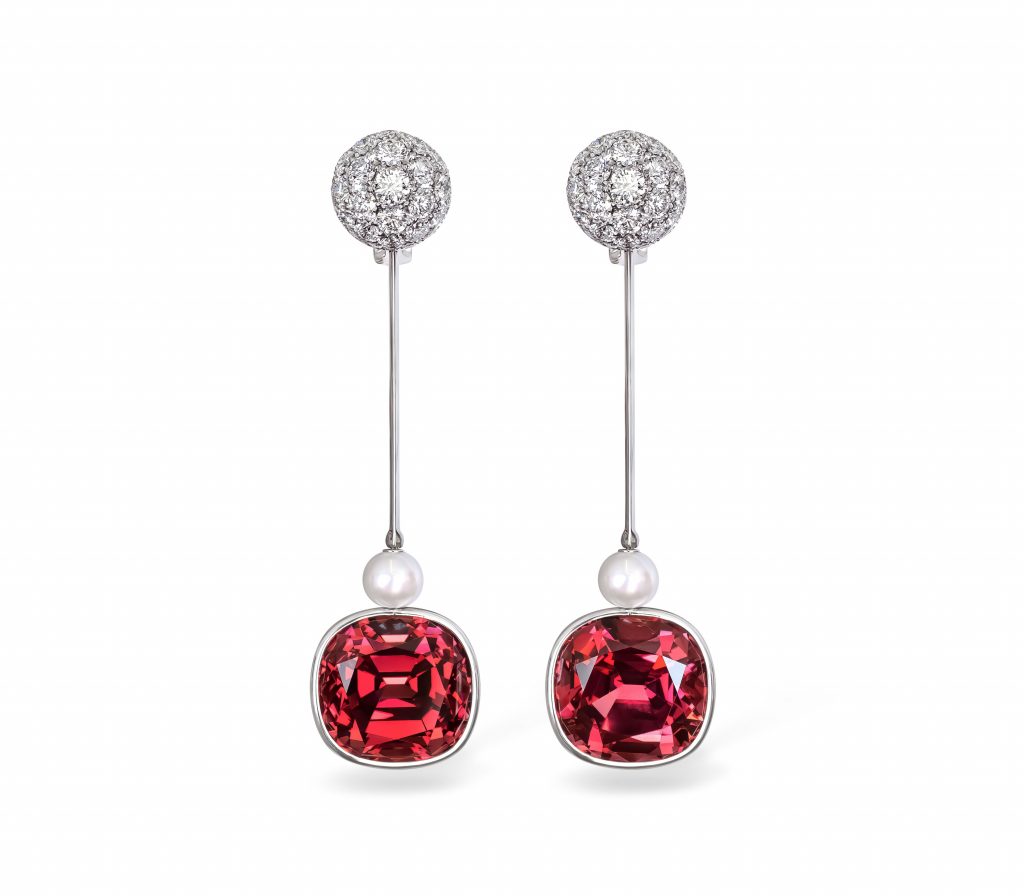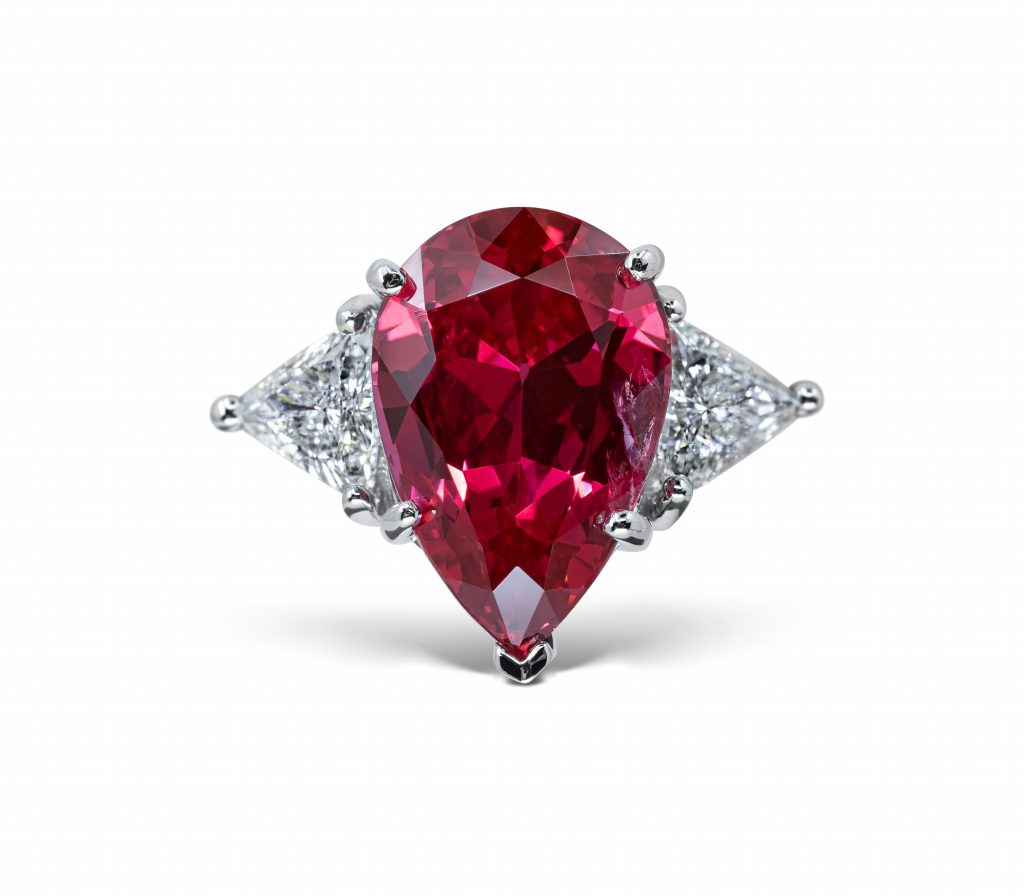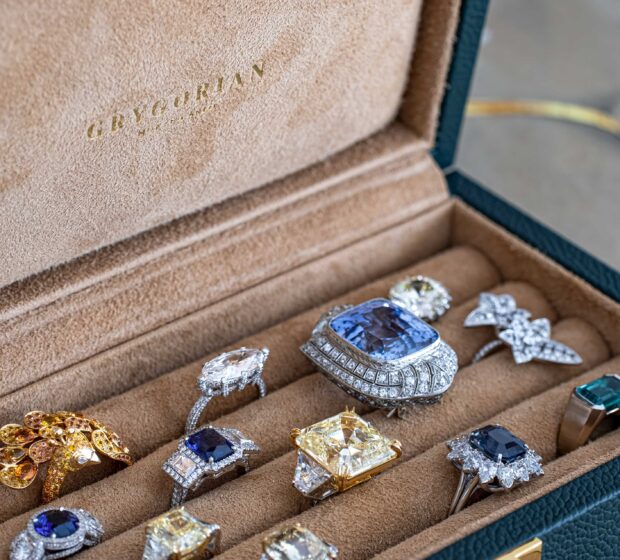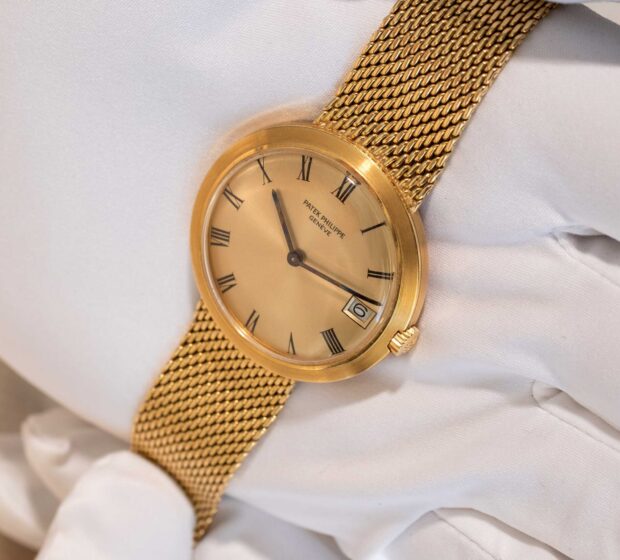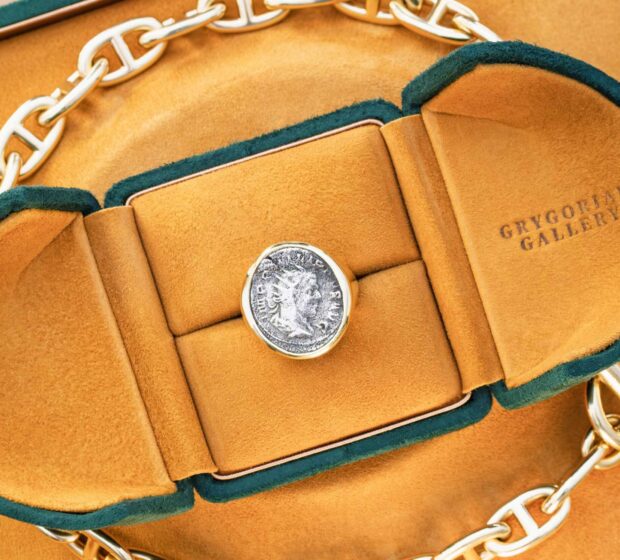Every so often, a gemstone appears that captures not just the fleeting sparkle of light, but the imagination of generations. Fancy color diamonds belong to this rarefied group. Their vibrancy commands rooms, headlines, and auction blocks in equal measure, luring collectors and connoisseurs with subtleties only nature could craft, and only the most refined eyes can truly appreciate.
It’s a story that spans continents and centuries, crossing royal courts, legendary mines, celebrated auction houses, and, now, the private ateliers where investment meets artistry. To the casual admirer, fancy color diamonds are simply beautiful. But for those who seek to secure a piece not only of nature’s artistry but of enduring value, appreciating the nuances is crucial.
The Magic and Rarity of Color
Color in diamonds is not a flaw, but a phenomenon. While white diamonds dominate popular imagination, their colored cousins, champagnes and pinks, greens and vivid blues, whisper tales of ancient volcanoes and cosmic mysteries. Every shade seen in a fancy color diamond exists because of a rare geological quirk:
- Nitrogen invites yellows and oranges.
- Boron reveals mesmerizing blues.
- Hydrogen can encourage a range of uncommon grays and violets.
- Structural deformations, often millions (or billions) of years old, bring forth pinks and reds.
For comparison, consider this: only about 1 in every 10,000 diamonds possesses enough color to be classified as “fancy.” And among these, only a small fraction boast the color intensity and purity that brings both notable beauty and significant value.
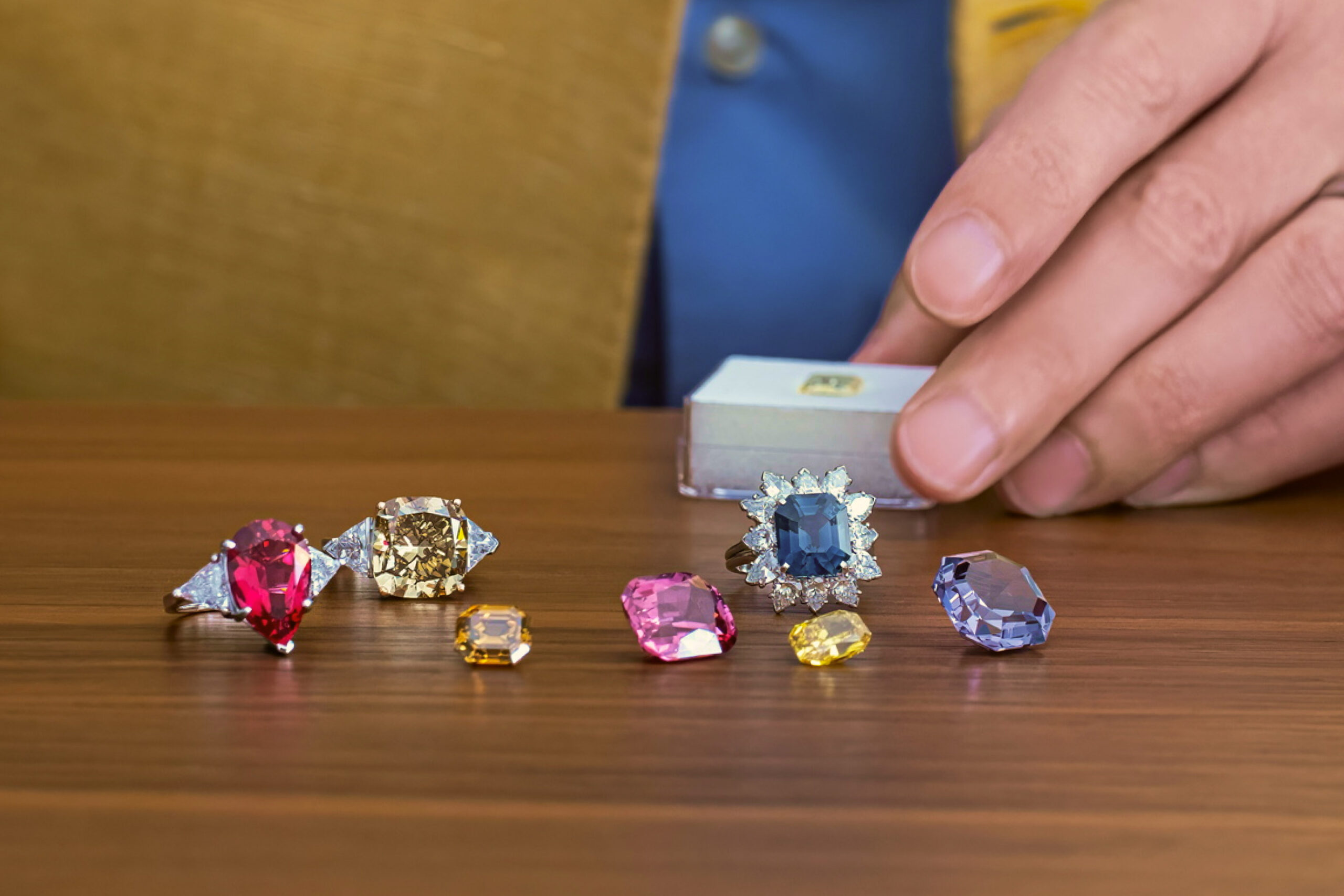
Ancient Beliefs and Cultural Symbolism
Long before gemological institutes developed modern grading systems, colored diamonds were seen as omens, talismans, or divine gifts. In ancient India, where diamonds were first discovered, stones with unusual colors were often reserved for royalty or spiritual leaders. Blue diamonds were associated with the celestial realm, symbolizing truth and eternity, while red stones were linked to fire, power, and protection. Green, the color of life and renewal, was often believed to bring prosperity and good fortune.
During the Renaissance and Baroque eras in Europe, colored diamonds were among the most coveted treasures in royal collections. Monarchs and noble families competed to acquire stones whose hues seemed almost impossible—mystical fragments of the Earth that suggested divine favor.
Famous Stories in Color
Throughout history, colored diamonds have held a place of intrigue, adorning not just the wealthy but the legendary. The Dresden Green, a 41-carat apple-green marvel, resided in the court of Saxony, its hue a result of natural radiation over millennia. The Moussaieff Red, a mere 5.11 carats, remains the largest known red diamond—a color so elusive that only a handful have ever been unearthed.
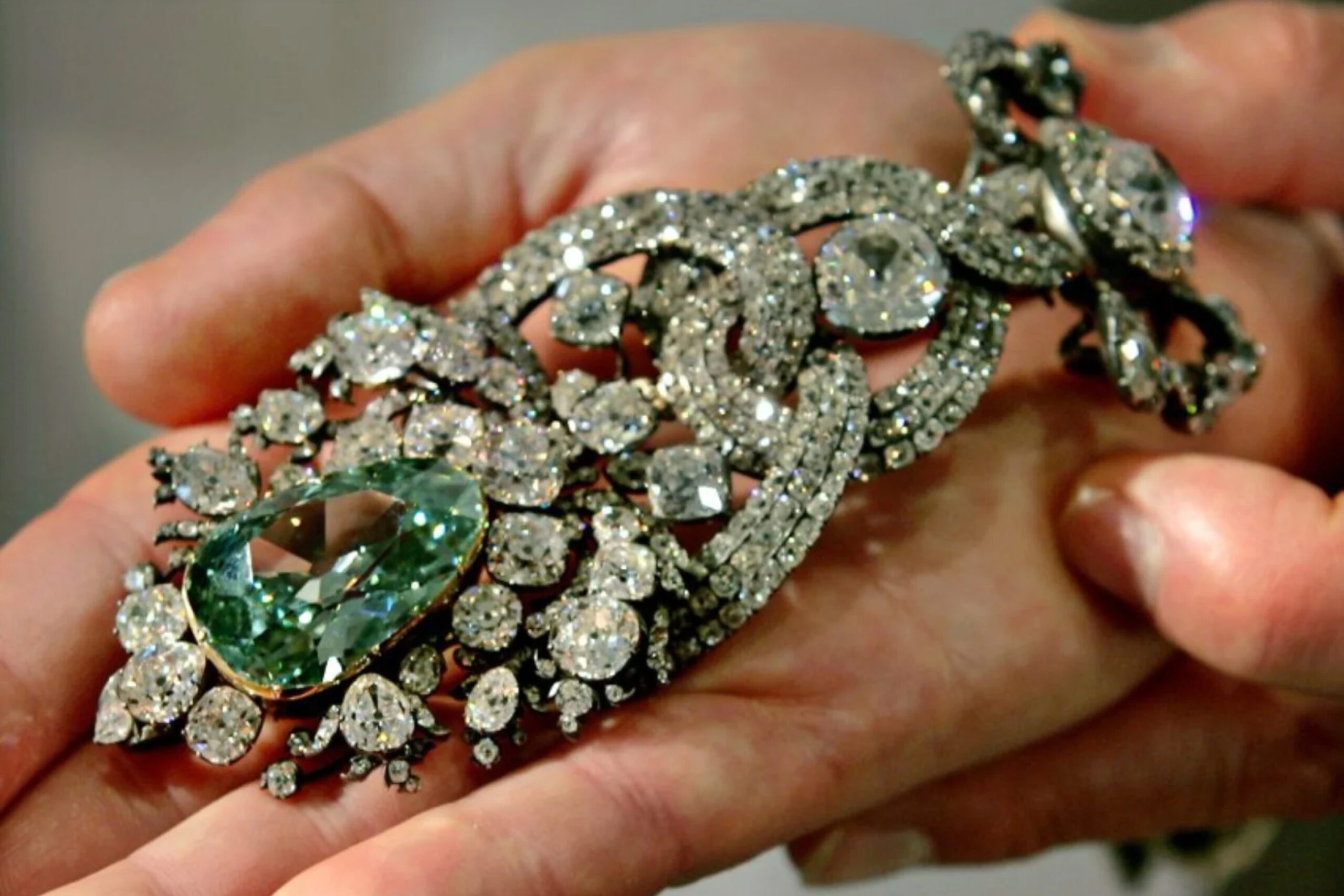
Pink diamonds, once the near-exclusive secret of the Argyle mine in Australia, are now even rarer after the mine’s closure, making each stone a living relic. Vivid blues, like the fabled Hope Diamond, were whispered to hold curses but, in reality, carried stories of global intrigue and passage through noble hands.
When you select a fancy color diamond, you align yourself with this lineage. The artistry you wear, or hold in a vault, is a modern chapter in an epic tale.
The Science Behind the Mystery
What makes color in diamonds so captivating is that it is born from imperfections. Unlike white diamonds, whose value rests on purity and lack of inclusions, fancy colors emerge from atomic anomalies and geological accidents:
-
Natural radiation exposure can displace atoms within the crystal lattice, creating green hues.
-
Plastic deformation during diamond growth causes irregularities that result in pinks and reds, the rarest of all.
-
Trace elements like nitrogen and boron replace carbon atoms, yielding yellows, oranges, and blues.
In a paradox, it is the diamond’s flaws that birth its uniqueness, a reminder that beauty is often born from imperfection.
Poetry in Classification: Decoding Value
Beauty in colored diamonds is undeniable. Investment value, however, is born of refinement, grading that goes beyond the mere presence of color.
The Gemological Institute of America (GIA) developed a spectrum to describe fancy color grading in more artistic terms than its D-to-Z system for white diamonds. The three critical components are:
| Attribute | Description |
|---|---|
| Hue | The dominant color (and modifying/secondary tints) |
| Saturation | The strength/intensity of color |
| Tone | The lightness or darkness of the stone |
The most valuable stones feature pure, vibrant color with minimal modifying hues. For example, a blue diamond that is “Fancy Vivid Blue” ranks far above one graded simply as “Fancy Blue” or “Fancy Light Blue.” Secondary hues (like grayish or greenish tones) can reduce value, or sometimes add complexity and desirability, depending on rarity.
When seeking an investment, prioritize:
- Intensity: Stronger, “Vivid” colors.
- Purity: Fewer secondary hues, unless they are exceptionally rare combinations.
- Consistency: Even color distribution throughout the diamond.
The Four Cs—With a Twist
Traditional white diamond grading revolves around the Four Cs: Color, Clarity, Carat weight, and Cut. In fancy color diamonds, color far outpaces the others for impact on value. Yet, all play a part.
- Color – The overriding consideration, comprising hue, saturation, and tone.
- Carat – Larger stones are disproportionately rare in vivid colors, exponentially increasing their value.
- Clarity – Less important than in colorless stones; inclusions can be overlooked if color stuns.
- Cut – Maximizing color is paramount; cutters may shape the stone to intensify or reveal its unique tint.
Collectors quickly learn: a one-carat, Fancy Vivid Pink diamond can easily surpass a ten-carat white diamond in price.
Rarity Into Investment: Secrets of Value
Not all beautiful stones make wise investments. The elements that separate the dazzling from the truly exceptional resemble the fine distinctions an expert chef might make between ingredients, with provenance, nature, and technique all in play. Historically, this has been evident at landmark auctions: the record-breaking sale of the 12.03-carat Blue Moon of Josephine for $48.4 million in 2015, or the 59.6-carat Pink Star, which fetched over $71 million at Sotheby’s in 2017, highlighted how rarity and intensity can command sums beyond imagination. Each of these sales reinforced the long-standing trend that colored diamonds, unlike many luxury commodities, appreciate steadily across decades, immune to short-lived fashions.
A summary of value contributors:
| Value Factor | Impact |
|---|---|
| Rarity | The scarcer, the greater the value |
| Intensity | Vivid/Deep colors, especially rare hues (blue, red, pink) |
| Provenance | Famous mines, notable history enhances appeal |
| Size | Larger carats in rare colors become exponentially valuable |
| Condition | Symmetry, no visible damage, elegant cut |
While vivid yellow and brown stones are relatively more accessible, the prices for pinks, blues, greens, and reds have outpaced traditional investments in recent years. Since 2009, auction results for pink and blue diamonds have consistently shattered previous records, a testament to both their beauty and their place as portable, timeless stores of wealth. In fact, analysts note that during periods of global financial uncertainty, rare fancy color diamonds have outperformed gold and fine art, cementing their reputation as a discreet, resilient asset class treasured not only by collectors but also by financial institutions and royal families.
How Taste and Heritage Intertwine
Heritage amplifies allure. A diamond may sparkle, but a diamond with a story echoes through generations. Throughout history, kings and empresses adorned themselves with such stones not only to showcase wealth but also to project legitimacy and divine right. The fabled Hope Diamond, once in the possession of French royalty, carried both political symbolism and whispered myths of curses that only added to its mystique. Similarly, the Dresden Green became a centerpiece of the Saxon court, symbolizing prosperity and resilience during times of war and upheaval.
Consider the difference in emotional resonance between a newly mined stone and one that adorned a duchess, or passed through the hands of a renowned jeweler such as Cartier or Harry Winston. Provenance, when documented, can place a colored diamond in an entirely separate class—both on paper and in the imagination. Collectors in the 20th century began to prize auction house records, exhibition histories, and catalog mentions as highly as carat size itself, understanding that a diamond’s cultural footprint is as valuable as its geological rarity.
This connection between past and present is nurtured by careful curation. Reputable houses offer certificates, previous ownership documentation, and exhibition records, a diamond’s biography, so to speak. In fact, the meticulous archives kept by institutions such as the Gemological Institute of America (GIA) and the Smithsonian have preserved the lineage of legendary stones, ensuring their histories are as enduring as their sparkle.
Buying with Discerning Eyes
Selecting a fancy color diamond for investment is an act of discernment. Rely on both science and intuition. Always ask:
- Is the color natural or synthetically enhanced?
- Does the stone come with a GIA or comparable grading report?
- What is the origin, and is there documented provenance?
- How uniform is the color, and how does the cut display it?
- Is the setting (if mounted) crafted for future value or personal taste?
Seasoned collectors increasingly seek advice from experienced gemologists and trusted boutiques, such as those who curate for Grygorian Gallery’s fine diamond collection. The hand of an expert can mean the difference between pride and regret, between family legacy or fleeting fashion. Indeed, archival evidence shows that many of the world’s greatest fortunes were quietly transferred across generations in the form of such stones, their discreet value surpassing estates or artworks that might fade with time.
The Thrill of the New and the Wisdom of the Old
Experienced collectors often pair the acquisition of older stones, those with storied histories, with more contemporary finds. Emerging mines and new cutting techniques occasionally introduce exceptional gems to the world’s stage, often showcased in limited capsule collections. Keeping an eye on the latest arrivals can yield incredible discoveries, sometimes destined to write their own enduring stories.

This blending of tradition and modernity is the heartbeat of fine collecting: stones that pay homage to the artistry of yesteryear, balanced with the boldness and optimism of today’s designs and innovations. Just as Renaissance courts treasured color as a sign of divine rarity, today’s connoisseurs view these stones as both wearable poetry and enduring legacies, bridges between the geological deep time of their creation and the cultural histories they continue to shape.
Myths, Market Movement, and Modern Passion
There’s an old belief that diamonds are forever, a sentiment that certainly applies to the finest fancy color specimens. Yet the true art lies in knowing which are likely to hold not only sentimental but also financial permanence. For centuries, royal houses from Persia to France guarded their colored diamonds as both talismans and treasuries, objects that could secure alliances or ransom kingdoms. Even today, auction houses in Geneva and Hong Kong regularly see bidding wars not just for beauty, but for heritage itself.
Key insights for thoughtful buyers and investors:
- Reds remain the rarest: Less than thirty truly red diamonds are known, making these treasures so limited as to generate international headlines for even the smallest stones.
- Pinks and blues have seen centuries of admiration, with prices regularly appreciating year over year. The closure of major sources, like the Argyle mine, only adds to their scarcity.
- Green diamonds owe their hue to radiation exposure, not man-made intervention, adding a captivating twist for collectors who crave the unusual.
- Natural color is everything: Treated or artificially enhanced diamonds may offer beauty, but cannot claim a place among investment-grade stones.
Those who find themselves in possession of a world-class fancy color diamond can feel confident that history is on their side, these stones have proven remarkably resilient against economic fluctuations, prized for their rarity and emotional resonance as much as their sparkle. Indeed, during global recessions and even wars, colored diamonds have continued to change hands at record prices, making them both an emotional heirloom and a discreet financial refuge.
Embracing the Sublime
Perhaps the greatest secret for aspiring connoisseurs is this: Fancy color diamonds are not static objects, but living treasures. Each one is a canvas painted by ancient earth, a prism through which taste, tradition, and aspiration all shine. This poetic quality has long inspired artists, jewelers, and writers alike, Balzac once referred to gems as “crystallized passions,” a sentiment echoed by modern collectors who see in each stone a fragment of eternity.
To seek out, study, and finally select a fancy color diamond isn’t simply to invest in rarity or beauty. It’s to become part of a lineage, a guardian of splendor, an author of legacy, a curator of dreams refracted through a thousand shades of light. Collectors such as Laurence Graff, often called the “King of Diamonds,” built reputations not merely by acquiring these gems but by preserving their stories, ensuring that each diamond continues to embody both natural wonder and human artistry.
Those who gather these stones together are not just collectors, but stewards: tending both to heritage and to hope, with every facet a testament not only to what nature made, but what humanity values most—enduring, impossible-to-replicate grace. From Golconda’s fabled mines of India to Argyle’s final tender in Australia, the history of colored diamonds is written by hands that recognized not just wealth, but sublimity itself.

